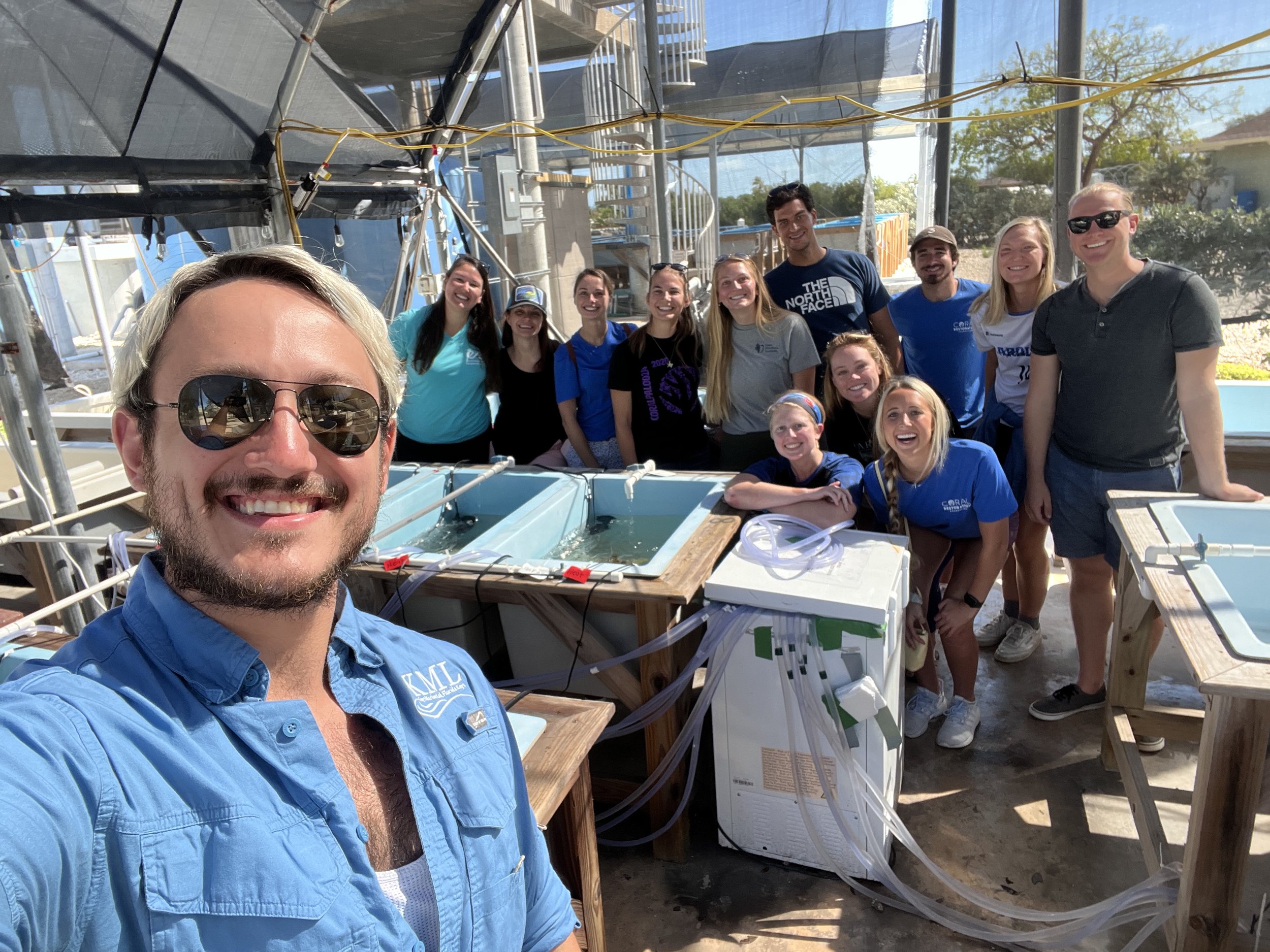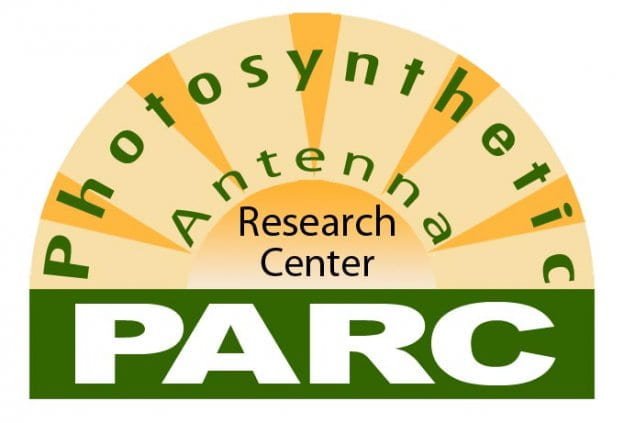Coral Restoration Science
Coral reefs have suffered global degradation. In many places, they can no longer provide the services human beings need from them: food, coastal protection, and economic support. Many of the people who rely most heavily on coral reefs for livelihood are in developing nations, making the situation even more dire. Coral restoration is the process of replenishing coral populations of degraded reefs. Restoration is required to preserve as much ecosystem function as we can until we can mitigate the effects of climate change. Dr. Martell is committed to providing the best science possible to inform coral restoration.
Project CSHoRE: Coral Stress Hardening for Restoration
Alongside collaborators at Florida International University, Dr. Martell has partnered with the largest coral restoration organization in the world, Coral Restoration Foundation, to investigate the potential to integrate stress hardening into existing coral restoration efforts. As the co-PI on Project CSHoRE funded by NOAA’s Ruth D. Gates Restoration Innovations Grant, Dr. Martell is investigating many aspects of stress hardening for coral restoration. If we can identify beneficial hardening techniques, the next step is to to understand the barriers to integration in existing restoration efforts.
Acute thermal priming to evoke stress memory in corals
Many organisms have shown the ability to get tougher with a little bit of stress. In fact, we use a technique called hardening in agriculture to make more resilient crops and improve yield. Stress memory has been shown to strengthen organisms, but it had not yet been characterized for corals. To test whether the potential existed for coral hardening, Dr. Martell used acute thermal stress to evoke stress memory in the lab. Read the publication here and check out the crowdfunding campaign for the project here.
Identifying sites to naturally prime corals
If sublethal thermal stress can harden corals, there is the potential to naturally integrate coral hardening into existing coral restoration programs. Pairing high resolution in situ temperature data with knowledge of the thermal doses necessary to harden corals, potential nursery sites can be identified.












